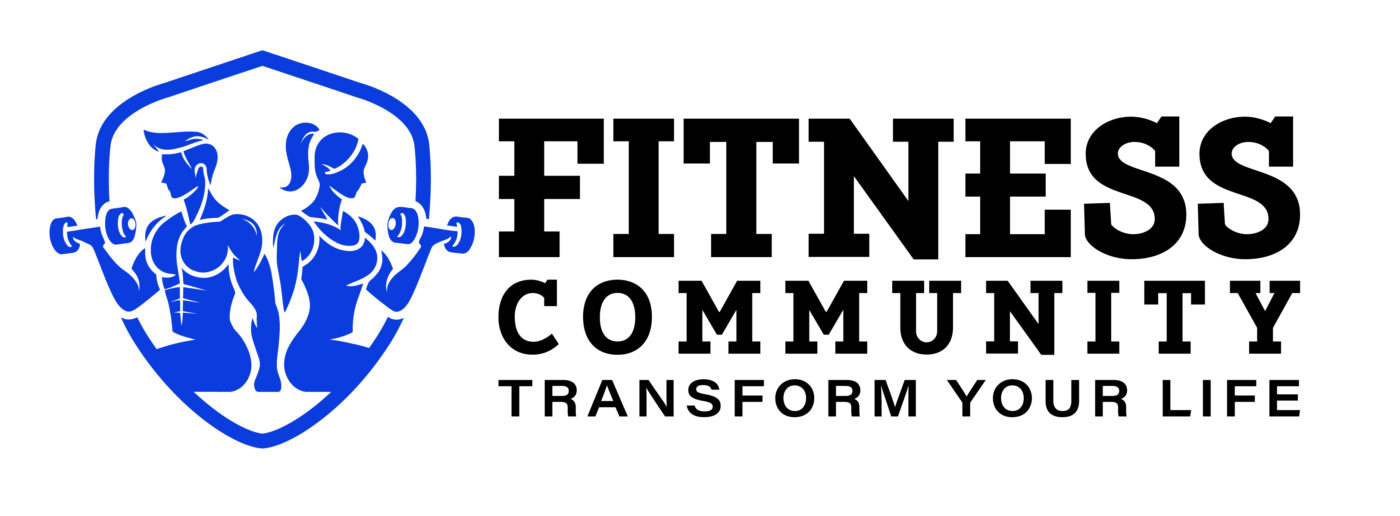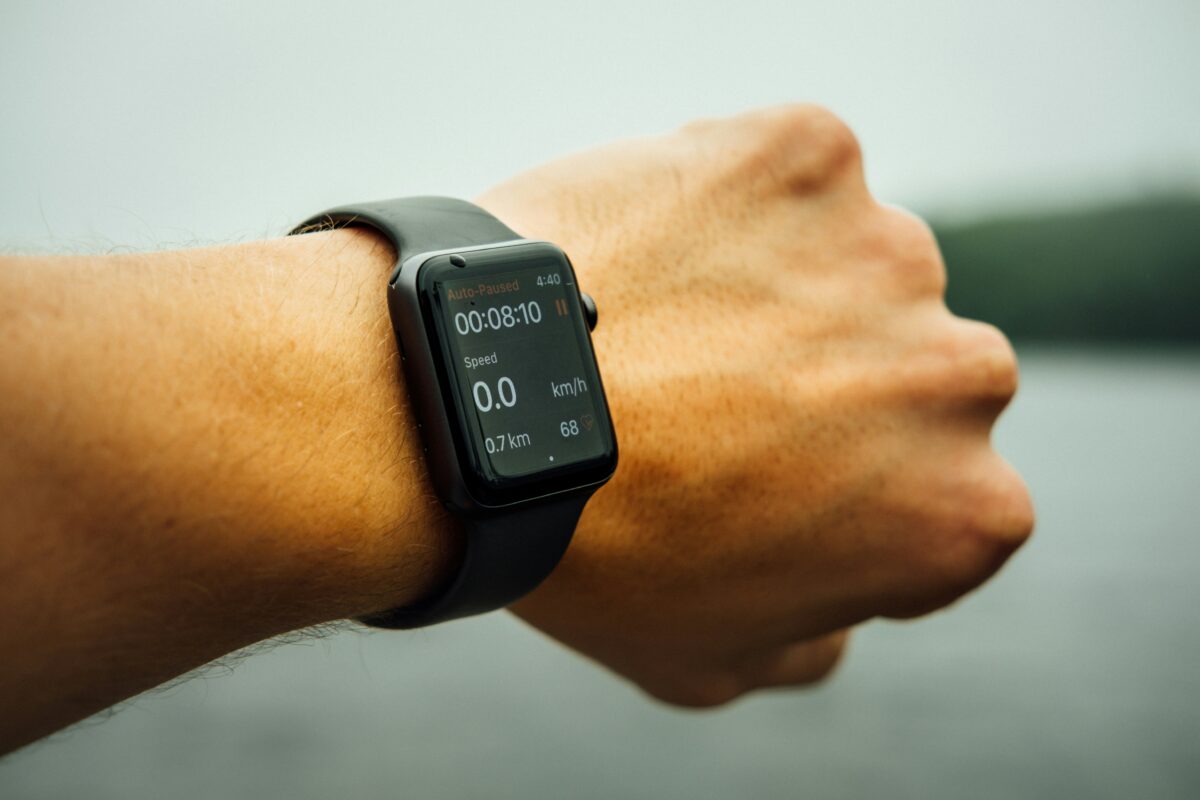FITNESS GEAR AND EQUIPMENT
The Best Fitness Trackers of 2025: What to Know Before You Buy
We’ve been testing fitness trackers since the early days — back when the original Apple Watch made its debut in 2015. By 2017, we were already comparing trackers for specific activities like running, strength training, hiking, golf, and more. Fast forward to 2025, and we’re more in tune with the fitness tracker market than ever.
From advanced smartwatches to ultra-compact smart rings, the latest wearables do far more than just count steps. Whether you’re aiming to improve sleep, reduce stress, or shave time off your mile, today’s best fitness trackers are powerful tools to help you reach your goals.
2025’s Best Fitness Trackers at a Glance
Best Overall: Whoop 4.0 Band
Best Value: Google Pixel Watch 3
Best for Apple Users: Apple Watch Ultra 2
What Makes a Great Fitness Tracker?
At their core, fitness trackers monitor your movement, heart rate, and sleep — but today’s options go well beyond the basics.
Many devices now include GPS connectivity, heart rhythm monitoring, blood oxygen level detection, HRV tracking, and even stress management. The newest smart rings are especially impressive, packing a vast range of stats into something you can wear 24/7 on your finger.
Still, the right tracker for you will depend on a few key factors:
What to Consider Before Buying
1. Design
Fitness trackers now come in both watch and ring formats. Watches offer quick on-screen stat checks and navigation, while rings are more discreet and lightweight — ideal for those who want comfort or prefer wearing something more subtle.
Ask yourself: Do you want your stats at a glance on your wrist, or are you okay with checking an app for your data?
2. Intended Use
The best tracker for you depends on how you plan to use it.
Training for a race? Choose a GPS-enabled watch with easy mid-run controls.
Focused on sleep and recovery? A smart ring might be the better fit.
Make sure your device also syncs with your favorite fitness apps, such as Apple Fitness or Google Fit.
3. Price
Trackers can range from $200 to $500 depending on features. Touchscreen watches and next-gen smart rings sit at the higher end, while more basic models offer solid performance for less.
4. Accuracy
The most important metric? Heart rate accuracy — the foundation for most other data. We looked for devices that were both precise and consistent to help you understand long-term trends and make informed decisions.
5. Battery Life
Many of the latest trackers, including the Suunto Race S (13-day battery life) and Garmin Instinct 3 (up to 21 days in basic mode), are designed to last days or even weeks between charges. That said, hybrid smartwatches like the Apple Watch Ultra 2 may require more frequent charging.
6. Durability
If you’re into outdoor workouts, hiking, or heavy lifting, you’ll want materials like titanium, stainless steel, or sapphire glass. But if you’re primarily running or cycling, lightweight plastic models might offer better comfort and performance.
How We Tested
Over the past eight years, our expert team — including NASM-certified trainers and editors — has put countless fitness trackers through rigorous real-world testing. We evaluate each model on accuracy, ease of use, design, durability, comfort, and app compatibility. Our lineup is updated seasonally to reflect the latest devices and innovations.
Should You Buy a Fitness Tracker?
To find out if a fitness tracker is right for you, start by identifying your fitness priorities. Mayo Clinic researcher Dr. Michael J. Joyner puts it simply: “If your goal is to finish a 10K, then the distance you can run without stopping is more relevant than your respiration rate.”
Before buying, jot down a few key metrics you want to monitor — whether it’s heart rate variability, sleep quality, or steps per day. Knowing what you need from a fitness tracker can help you find the right fit and avoid unnecessary features.

